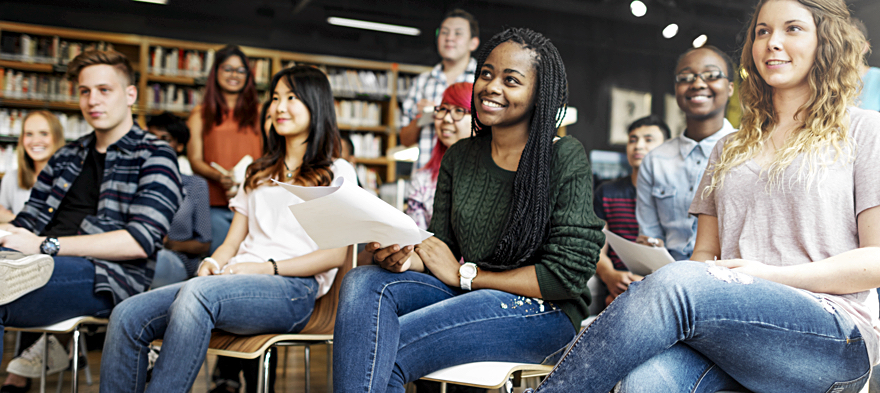
Jan 28, 2021 12:00:00 AM
by Vann Prime
For nearly two decades, I have enjoyed teaching micro and macroeconomics and coaching the economics team at a public high school. I feel immensely gratified by my work and by my students’ successes, such as their recent impressive feat of winning the National Economics Challenge in both competitive divisions for the second year in a row. But as an economist, I can’t help but notice that the education profession often doesn’t abide by the principles that have proven to work in virtually all other sectors of life.
[pullquote]There is much potential yet to be tapped in both students and teachers—if we can find the courage to embrace change and increase choice for families.[/pullquote]
Economics teaches that individuals benefit from choices because choices bring competition, innovation and diversity to a community. Just think about what would happen if the government manufactured and sold all the cars on the road. Yet families often face a similar dilemma when it comes to selecting a school. In my home state of Maryland, state schools function as a de facto monopoly, with few if any options for parents seeking alternatives.
[pullquote position="right"]The amount of centralization in our current system makes it difficult for authentic diversity—both in students and in educators—to be nurtured.[/pullquote] Some students will thrive in a large public school, others may prefer a smaller academy with more personalized attention, or a virtual school in which they learn online. But without viable choices or specializations accessible, students are getting wildly shortchanged. School choice can work to change this dynamic, empowering families to select a tailored learning environment that can tap into how their child learns.
Similarly, were teachers entrusted to teach more autonomously rather than in a lock-step way, their storied talents and teaching perspectives would burst forth into more lively, personalized classrooms. “Differentiating instruction” for students is a frequently-heard catchphrase. Yet there’s a great irony in how teachers are being told to teach as if they themselves are not distinct individuals. While I have been grateful to have flexible principals, I know many teachers who long for more innovative schools with greater academic freedom that would challenge them to grow as professionals.
Increasing school choice could also help to spur innovation, as schools test different models and curricula to determine which can help their students succeed. Indeed, we’ve seen glimmers of innovation in how the pandemic’s disruption has forced schools to start developing new tools and options, and families to fill in the gaps with innovations like learning pods and micro-schools.
I truly believe that it can’t be a bad thing to give families more choices. While there may be a perception that choice drains resources from public schools, that is neither the intention nor what the outcome of school choice should be. Of 33 studies comparing the outcomes of students who used choice programs to attend private schools, 31—all but two—found that school choice also improved the educational outcomes of students who remained in public schools. The evidence backs what economic theory and taking a look at all the other industries in society make clear: [pullquote]When there is choice and competition, students—at all types of schools—will win.[/pullquote]
I don’t support school choice because I hate my school, or public education—I support it because I love my students, and want only the best for each and every one of them. Both my academic training and the real-world evidence demonstrate that creating more options in education will see schools start to tailor themselves to attracting the type of student they want to serve, and students getting types of schools that they feel more comfortable and confident in. This National School Choice Week, I think that would be a beautiful development for students and educators alike.
Vann W. Prime teaches Advanced Placement (AP) economics, AP European History, and AP Art History in Howard County, Maryland.
Few issues in education spark more tension and debate than standardized testing. Are they a tool for equity or a burden on students? A necessary check on school systems or a flawed measure of...
Charter schools are public schools with a purpose. Operating independently from traditional school districts, they're tuition-free, open to all students, and publicly funded—but with more flexibility...
Despite the benefits of a diverse teaching force, prospective teachers of color fall out of our leaky preparation pipeline at every stage: preparation, hiring, induction, and retention. Here’s what...
Ed Post is the flagship website platform of brightbeam, a 501(c3) network of education activists and influencers demanding a better education and a brighter future for every child.
© 2020-2025 brightbeam. All rights reserved.
Leave a Comment